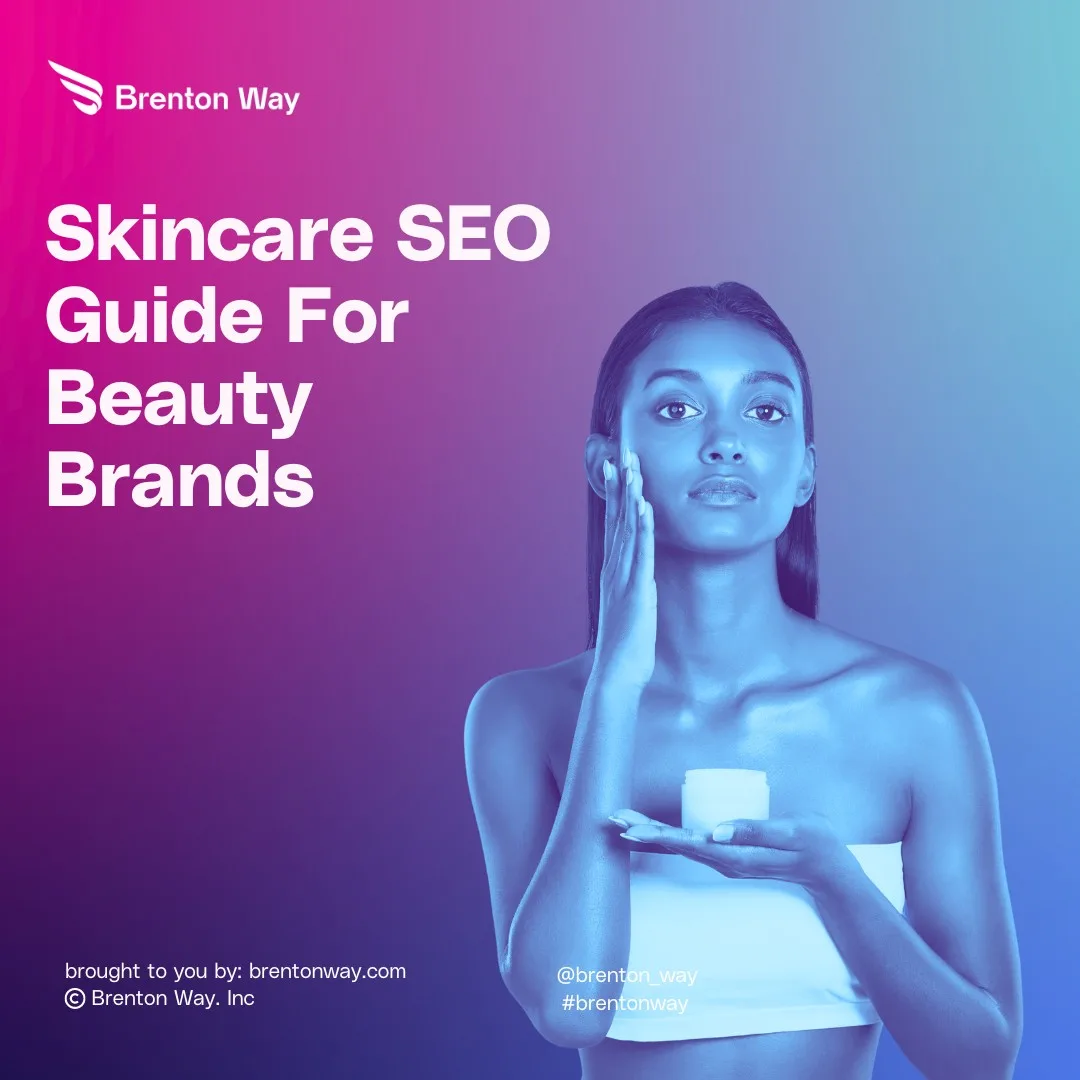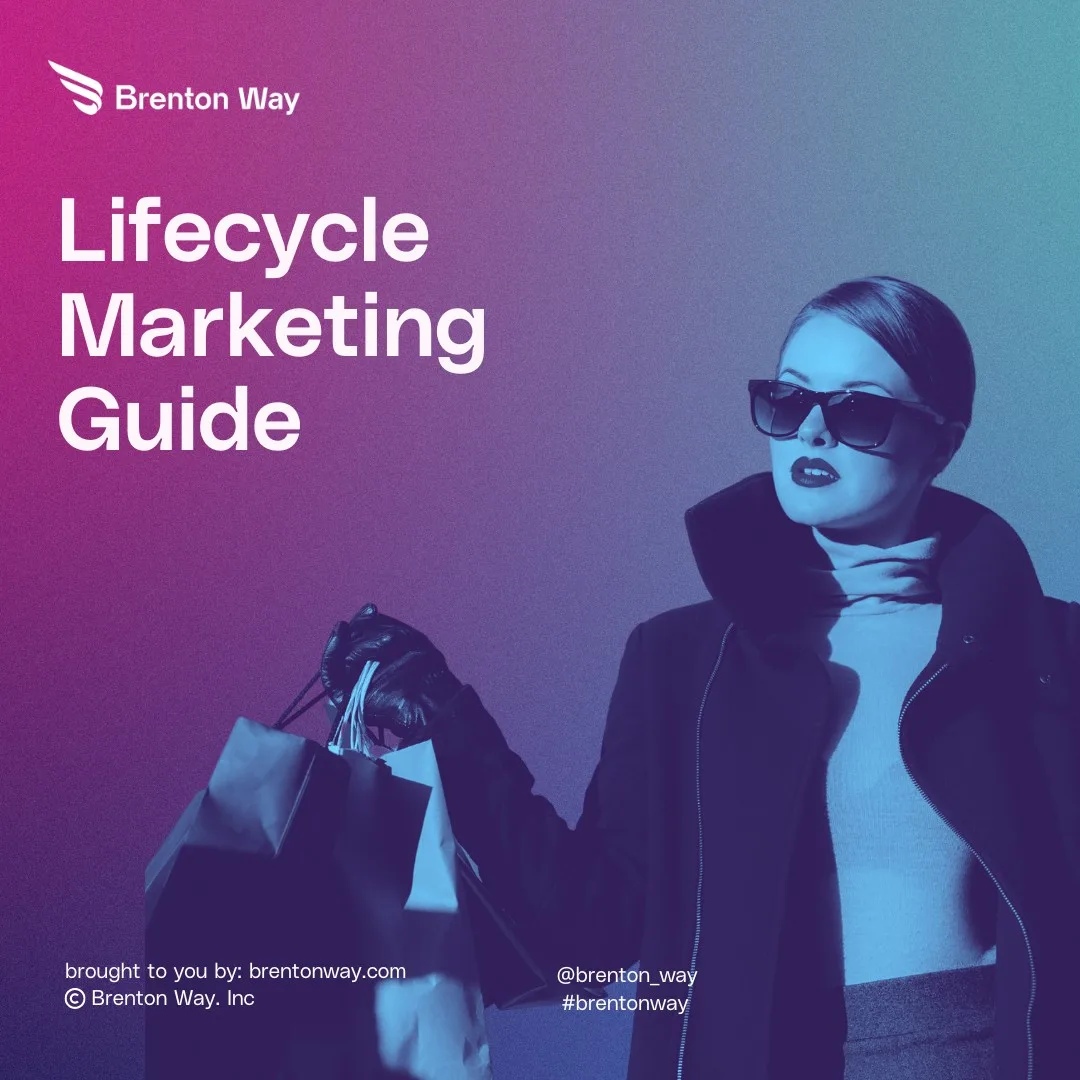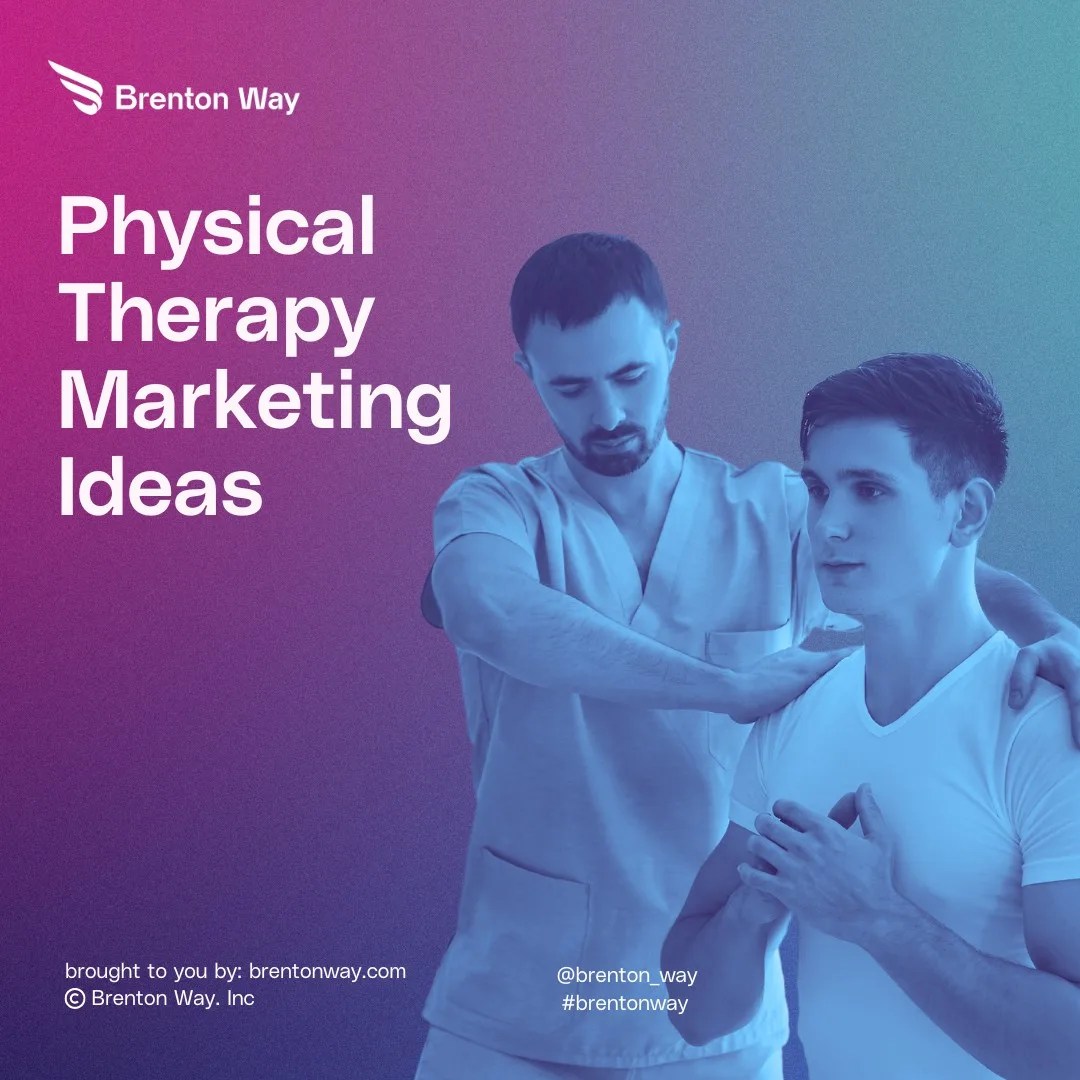
Skincare SEO has become an essential and highly effective marketing strategy for beauty brands. It is one of the most cost-effective and efficient marketing practices for beauty brands, as it not only ranks the website among the top results but also drives organic traffic and conversions. Here we have listed the best search engine optimization […]

Skincare SEO has become an essential and highly effective marketing strategy for beauty brands. It is one of the most cost-effective and efficient marketing practices for beauty brands, as it not only ranks the website among the top results but also drives organic traffic and conversions.
Here we have listed the best search engine optimization practices for your cosmetic company, to help it rank higher on Google, build a strong authority in the niche, and drive high organic conversions.
Let’s begin!
Here are the seven best search engine optimization practices to help beauty brands grow:
Keyword research is a comprehensive process that involves finding and analyzing your brand and niche-relevant keywords, which your target users search for when looking for products related to your company.
Here are the steps to perform your keyword research with efficiency:
Conduct market research and pay attention to social listening to get audience views while considering their demographics, purchasing parity, pain points, tastes, preferences, and concerns.
Create a list of seed keywords related to skincare, beauty, and relevant product categories. Seed keywords are general terms that are directly related to your brand or products, such as “anti-aging cream,” “moisturizing serum,” or “natural skincare.”
You can use keyword research tools like SEMrush, SEranking, Ahrefs, and Moz. These tools evaluate the selected keywords’ search volume, competition, and difficulty.
For example, when I enter the keyword “moisturizing cream”, the tool returns more than 1500 keyword ideas related to the primary keyword.
Similarly, you can enter your primary keywords one by one and find more ideas along with search volume and keyword difficulty for every keyword.
Ensure that you pay special attention to the long tail phrases as they cater to a niche audience and have the potential to attract more customers. They may have lower search volume but tend to convert better as they reflect the searcher’s intent more precisely.
For example, “best organic anti-aging serum for sensitive skin” is a long-tail keyword. Here is another example of a long-tail keyword for a beauty brand, EuropeGirl Cosmetic, which offers concealers for Asian skin tones:
Examine the websites of your competitors and identify the keywords they are targeting. This can give you valuable insights into the keywords that are driving traffic and conversions in your niche.
Moreover, pay attention to long-tail keywords that your competitors are ranking for. These more specific phrases might be less competitive but have higher conversion rates as they match user intent more precisely. For instance, if your competitor is targeting the long-tail keyword “best organic sunscreen for sensitive skin,” you might want to explore similar niche keywords to attract a specialized audience.
Also See: How to Create a Winning Local SEO Strategy
Additionally, analyzing your competitor’s paid keywords, if they are running Google Ads campaigns, can offer further keyword ideas. For example, if a competitor is bidding on keywords like “affordable acne treatment” in their paid campaigns, it suggests that this particular keyword may be valuable for skincare brands and might be worth considering in your own paid search strategy.
If you offer a range of skincare products, group keywords related to each product category. You should also categorize keywords according to various skin concerns or conditions that your products address. For instance, group keywords related to “anti-aging,” “acne treatment,” “sensitive skin,” “hydration,” “brightening,” and others. This approach helps you target users searching for specific solutions.
A mobile-friendly website is designed to offer a smooth user experience across all devices, including mobiles, desktops, and tablets. It enables your website users to navigate and go through your brand features easily.
Here are the compulsory features needed for your beauty website to be mobile-friendly:
Below is an example of the Huda Beauty mobile website, which includes easy access to all the site features with fast speed, detailed information, and no popups.
Skincare consumers are often seeking information and solutions. Provide educational content that informs them about various skin concerns, ingredients, product benefits, and skincare routines.
Quality content establishes your beauty brand as a credible source for beauty enthusiasts, drives organic referral traffic to your site, and increases your audience reach.
Related: 12 Best Examples of Beauty Content Marketing
Here is an example of the leading beauty brand, Olay, offering skin care-related content named Skinpedia. The content is curated by top beauty experts, influencers, and dermatologists. They allow users to refine and filter their experience based on their skin concerns and content format.
Here are some of the best ideas to create quality content for your cosmetic company:
On-page optimization refers to improving your skincare website’s elements to enhance its visibility on SERP rankings. It involves making your website more relevant and accessible to beauty enthusiasts and search engines.
Related: Best Beauty Marketing Companies
Here are the top factors you should pay attention to when optimizing your skincare website’s on-page elements:
Also See: Plastic Surgery SEO Companies: Top 10 SEO Firms
Acquiring backlinks for a cosmetic and skincare company requires a well-rounded approach that focuses on creating valuable content, building relationships, and promoting your brand within the beauty industry.
Produce informative and engaging content that addresses common skincare concerns, beauty tips, ingredient insights, and product reviews. Quality content is more likely to be shared and linked to by other websites in the beauty niche.
Connect with beauty bloggers, skincare experts, and influencers who have a significant following in the beauty industry. Offer to provide free samples of your skincare products for reviews or collaborate on content related to skincare and beauty.
Write guest posts for beauty blogs and authoritative websites in the beauty industry. By offering valuable content as a guest author, you can earn backlinks to your cosmetic and skincare company’s website.
Participate in roundup posts or listicles curated by beauty bloggers or industry publications. These posts often feature top cosmetic and skin care products, beauty tips, or industry experts. Being included in such lists can earn you valuable backlinks.
Partner with beauty influencers to promote your cosmetic and skincare products. Influencers can create content featuring your products on their blogs or social media platforms, potentially leading to backlinks and increased brand visibility.
Support beauty events, workshops, or charity initiatives. Many event organizers include sponsor links on their websites, providing an opportunity for backlinks from event-related pages.
Engage with beauty forums and online communities related to skincare and cosmetics. Provide helpful advice and insights, and link to relevant content on your website when appropriate. This can lead to natural backlinks from community members who find your contributions valuable.
Social signals are an essential indicator to improve your brand’s search engine rankings. Ensure your brand has a solid social media presence to score high on SERPs and establish a stronghold in the beauty niche.
Here is a list of tactics you can implement to enhance your skincare brand’s social media performance:
User-generated content refers to the cosmetic-related content shared by your audiences and customers based on their experiences and interactions with your brand. It can be in various forms, including product reviews, skincare routines, testimonials, and social media stories.
Related: Top Beauty Marketing Services in 2023
Here are the top strategies you should adopt to encourage user-generated content for better SERP rankings:
Below is an example of Dove, encouraging users to share their unfiltered photographs on its account on National Selfie Day. This user-generated content move not only helped Dove improve social engagement but also helped them acquire backlinks and mentions.
| Looking for the best Skincare SEO Advice? Brenton Way promises to take your skincare website among the top organic search results by analyzing 50+ ranking factors and implementing +2 add-on modules. We consistently put efforts into researching and testing different SEO tactics to help your beauty brand stay relevant to the audience while establishing a strong authority in your niche. Schedule a strategy call now |
Skincare search engine optimization refers to the practices adopted by a beauty company to rank its website high on search engines whenever internet users search for keywords related to its services and products. Some of the top beauty SEO tactics include link building, content creation, metadata optimization, and keyword research.
Here are the top advantages of SEO for cosmetic companies:
Here is a list of top search engine optimization tools that assist in optimizing a beauty website:
In the dynamic landscape of the beauty industry, mastering skincare SEO becomes essential for beauty brands to shine. Incorporating these seven best practices into their skincare SEO strategy, beauty brands can position themselves for success, reaching their target audience more effectively, and staying ahead in the ever-evolving world of digital marketing. By continuously adapting to trends and consumer preferences, beauty brands can solidify their online presence and thrive in the competitive beauty industry.


